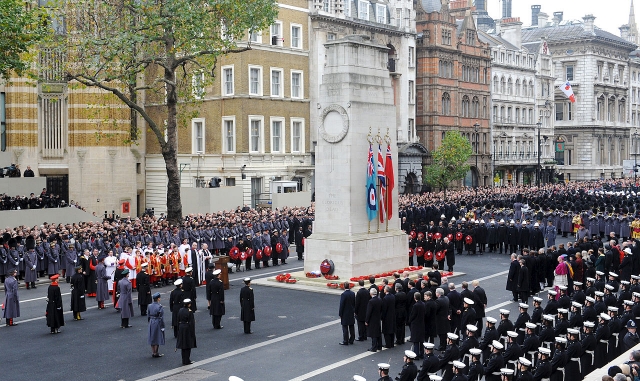War memorials as a local history resource
Primary History article

War Memorials Trust (WMT) is the charity that works for the protection and conservation of war memorials in the UK. It defines a war memorial as ‘any physical object created, erected or installed to commemorate those involved in or affected by a conflict or war' (WMT 2009, ‘Definition of a war memorial' helpsheet). There are an estimated 100,000 war memorials in the UK with most communities having at least one. But they are such an intrinsic part of our landscape they can almost go unnoticed except at significant times of year such as 11 November.
War memorials vary enormously and have a long history, but the ones we tend to be most familiar with are the results of conflicts in the nineteenth and twentieth centuries, particularly the First and Second World Wars. The First World War was something of a turning point for memorialisation; around twothirds of our war memorials are associated with that conflict and commemoration on such a scale was unprecedented. The number of war memorials in the UK means that there is likely to be at least one close to your school and this article explains how and why they can be used as a resource for teaching local history throughout the year...
This resource is FREE for Primary HA Members.
Non HA Members can get instant access for £2.49

